By Christopher Miskimon
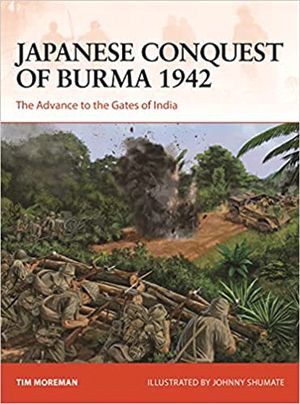
The Japanese invasion of Burma in January 1942 pitted its well-trained, mobile, and hard-hitting Fifteenth Army against a conglomerate Allied force composed of British, Commonwealth, Indian and Burmese troops in various states of training, equipment and experience. The Allies conducted a long retreat to the north and west across hundreds of miles of rough terrain and jungle rife with disease and crossed by poor roads. Along the way the Japanese troops proved superior, all but destroying the 17th Indian Division at Sittang Bridge in February 1942. Rangoon fell the next month, and the subsequent battles pushed the Allies almost into India. The surviving Allied troops were now experts in fighting and surviving in the jungle; however, they would carry these lessons forward to later campaigns.
This new volume in Osprey’s Campaign series tells the story of one of the war’s most epic fighting retreats. The success of Japanese light infantry tactics is contrasted with the unprepared Allied troops, who nevertheless occasionally proved dogged in the defense. Major leaders on both sides are highlighted, along with force composition and detailed coverage of the critical battles of the campaign. The book has the usual high quality of illustration and original artwork normal for this publisher.
Japanese Conquest of Burma 1942: The Advance to the Gates of India (Tim Moreman, Osprey Publishing, Oxford, UK, 2023, 96 pp., maps, photographs, bibliography, index, $24, softcover)
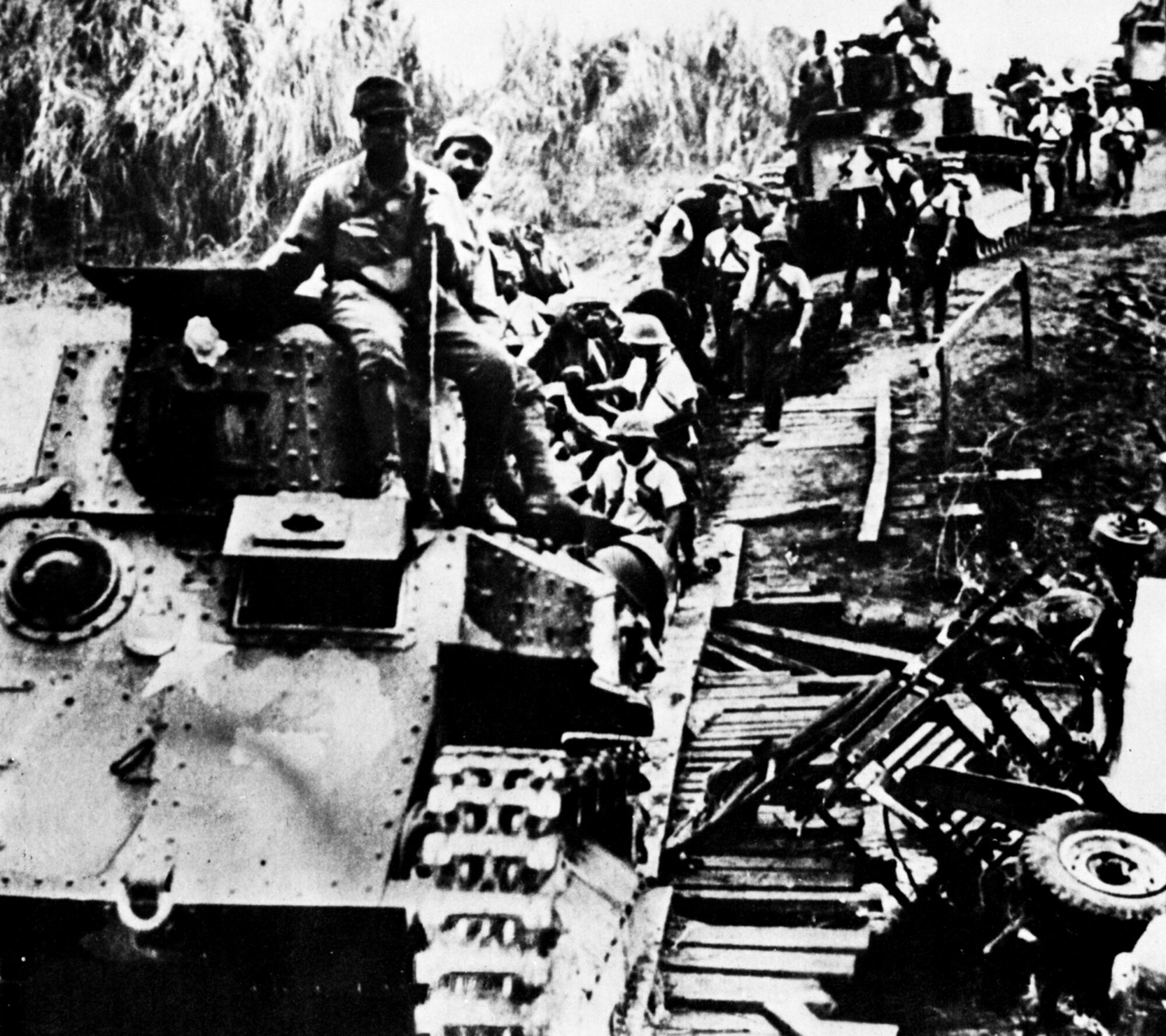
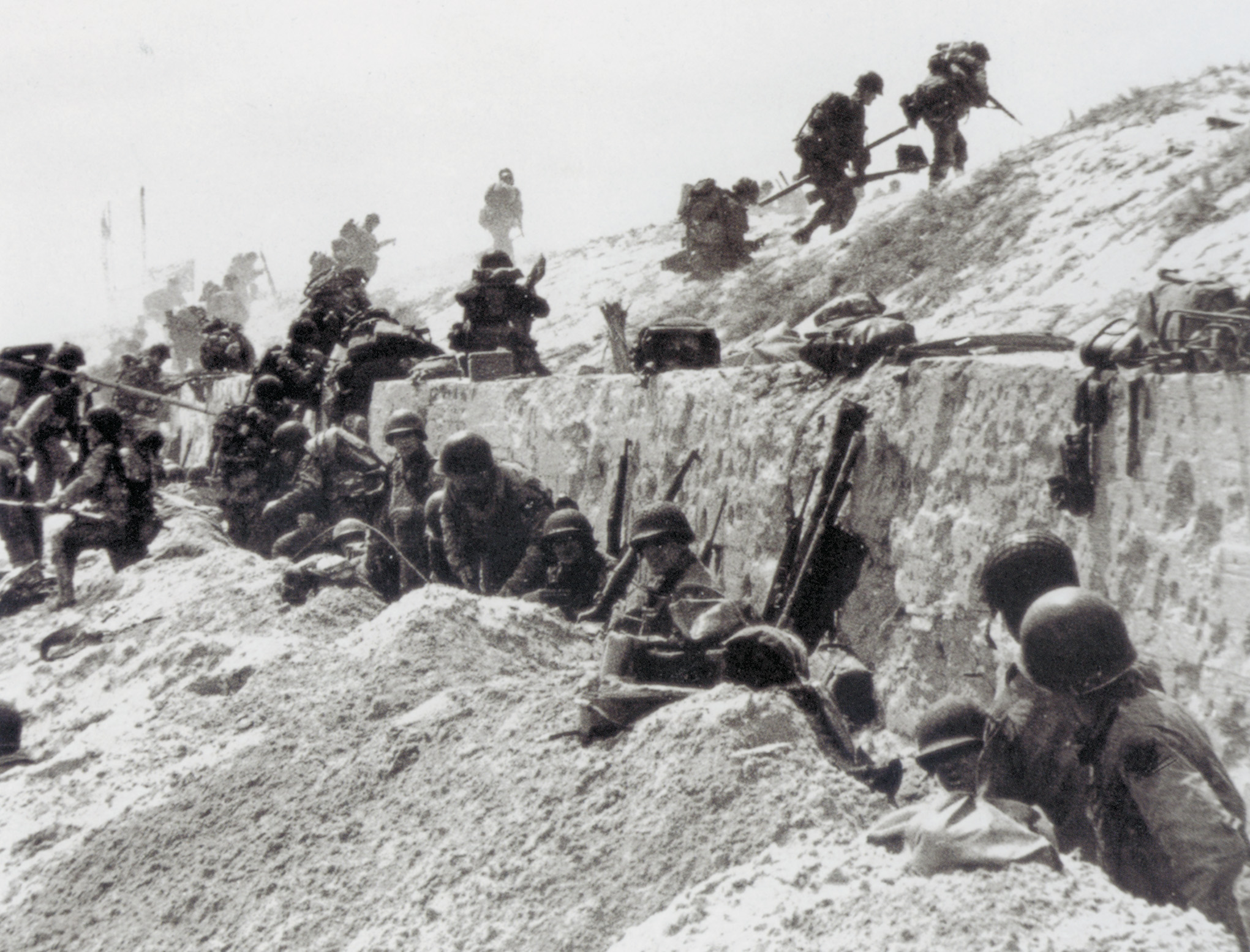
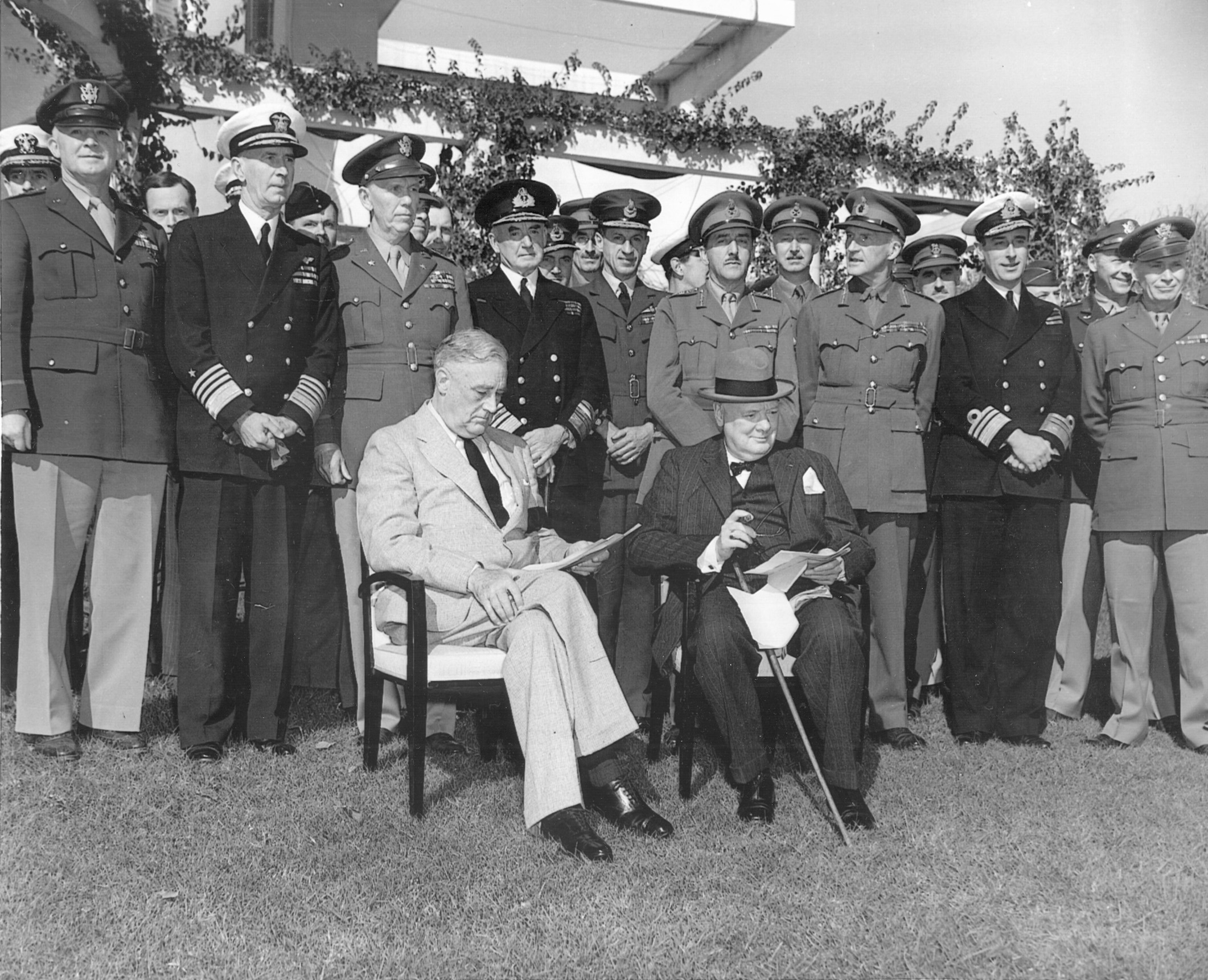
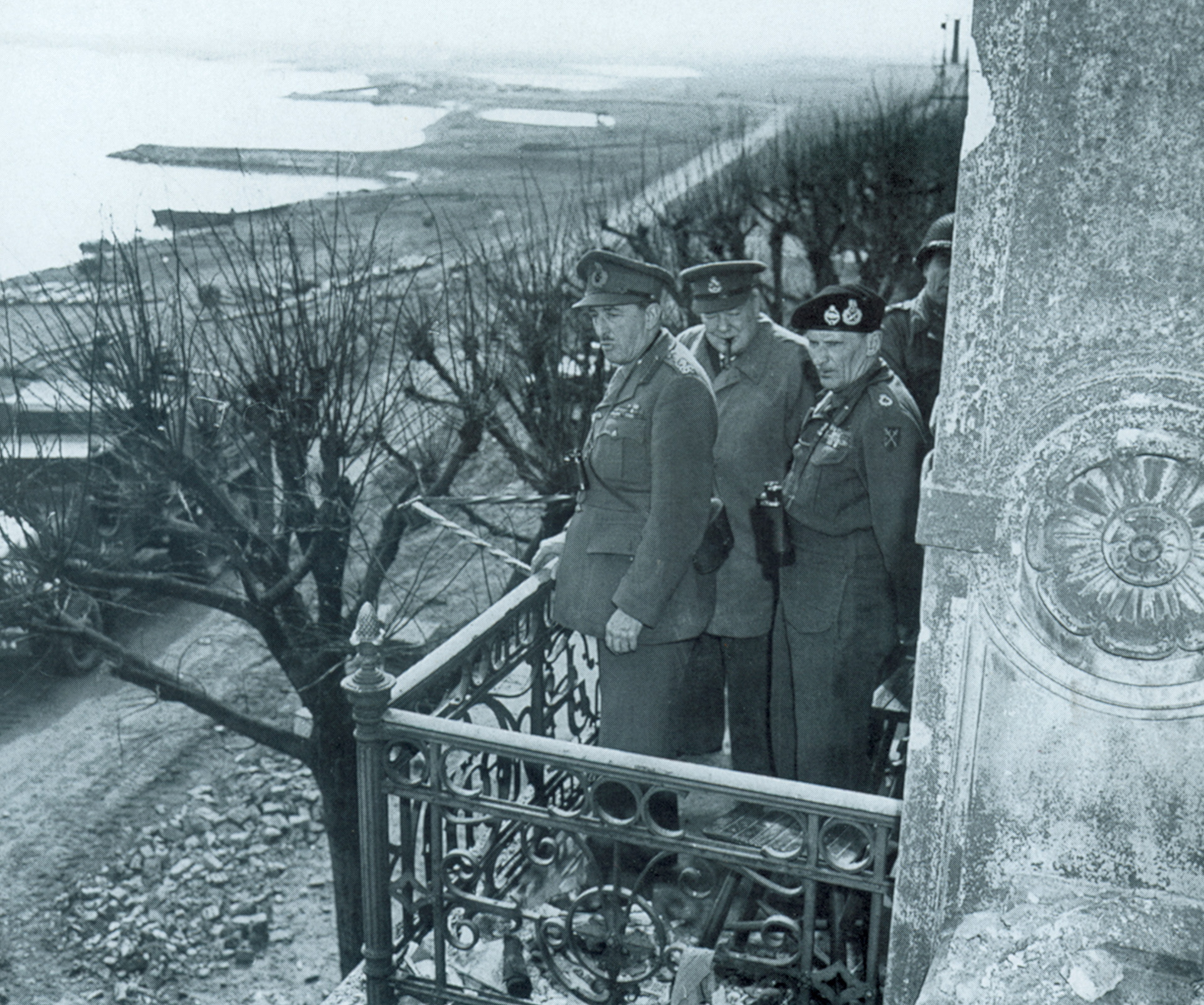
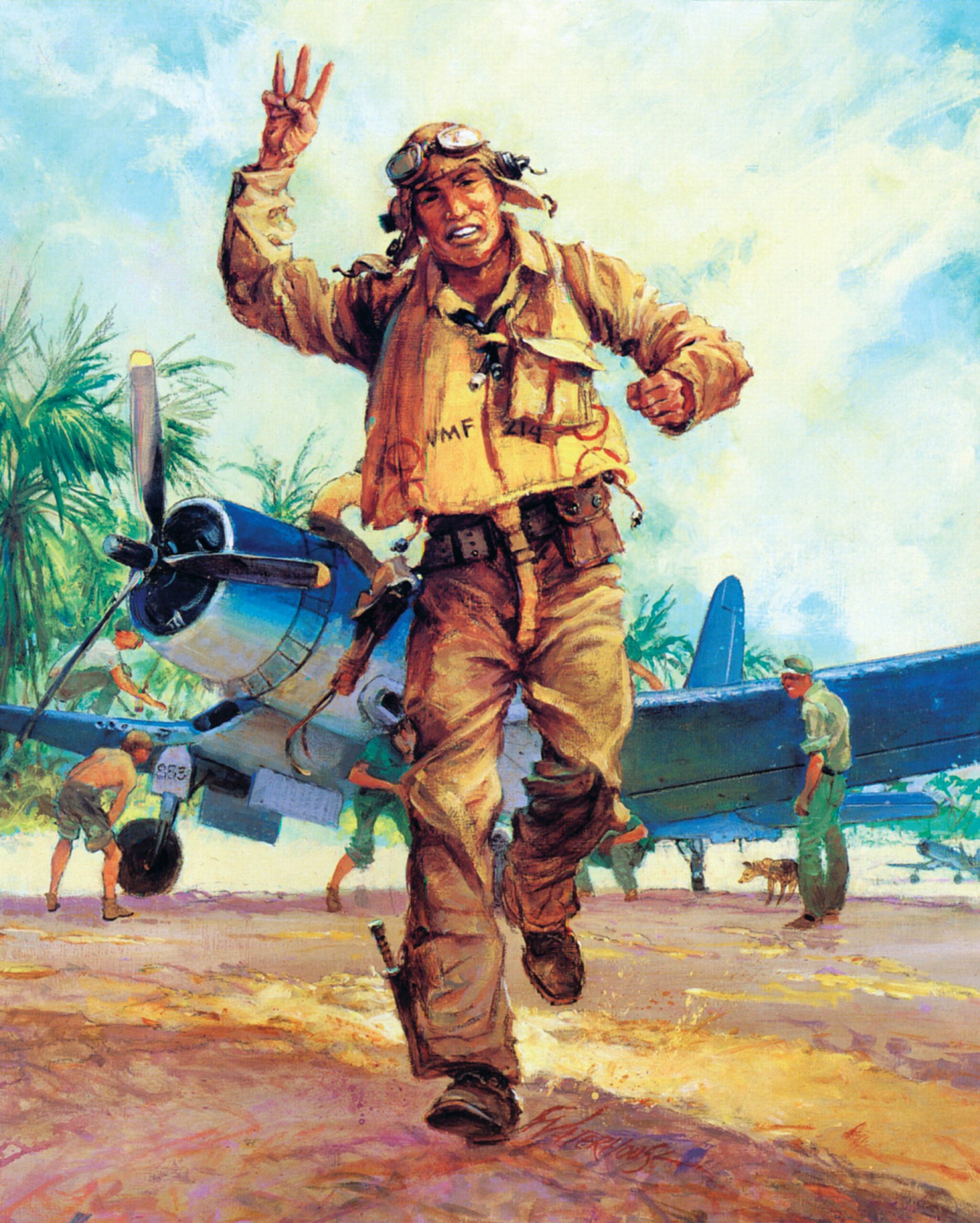
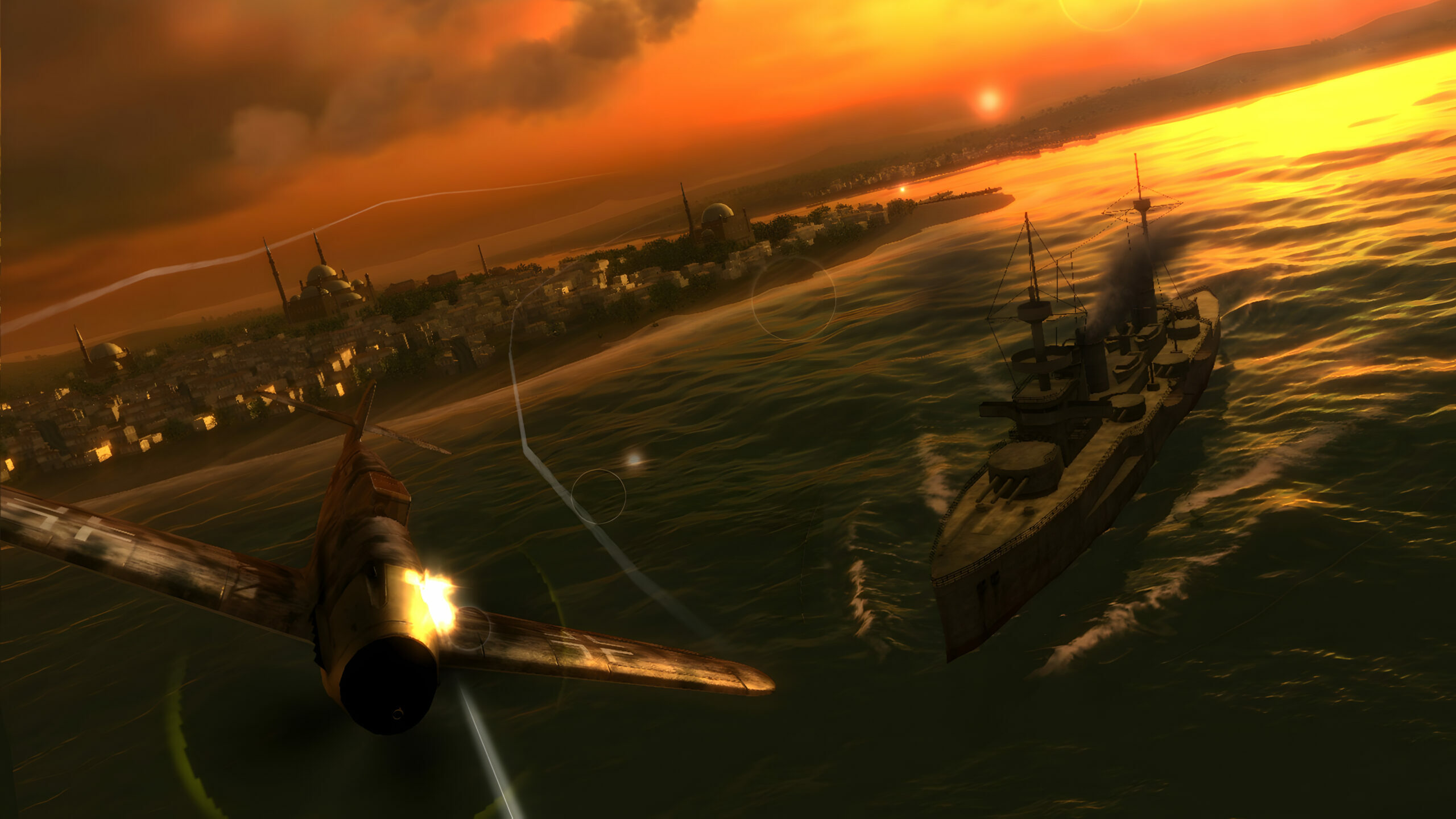
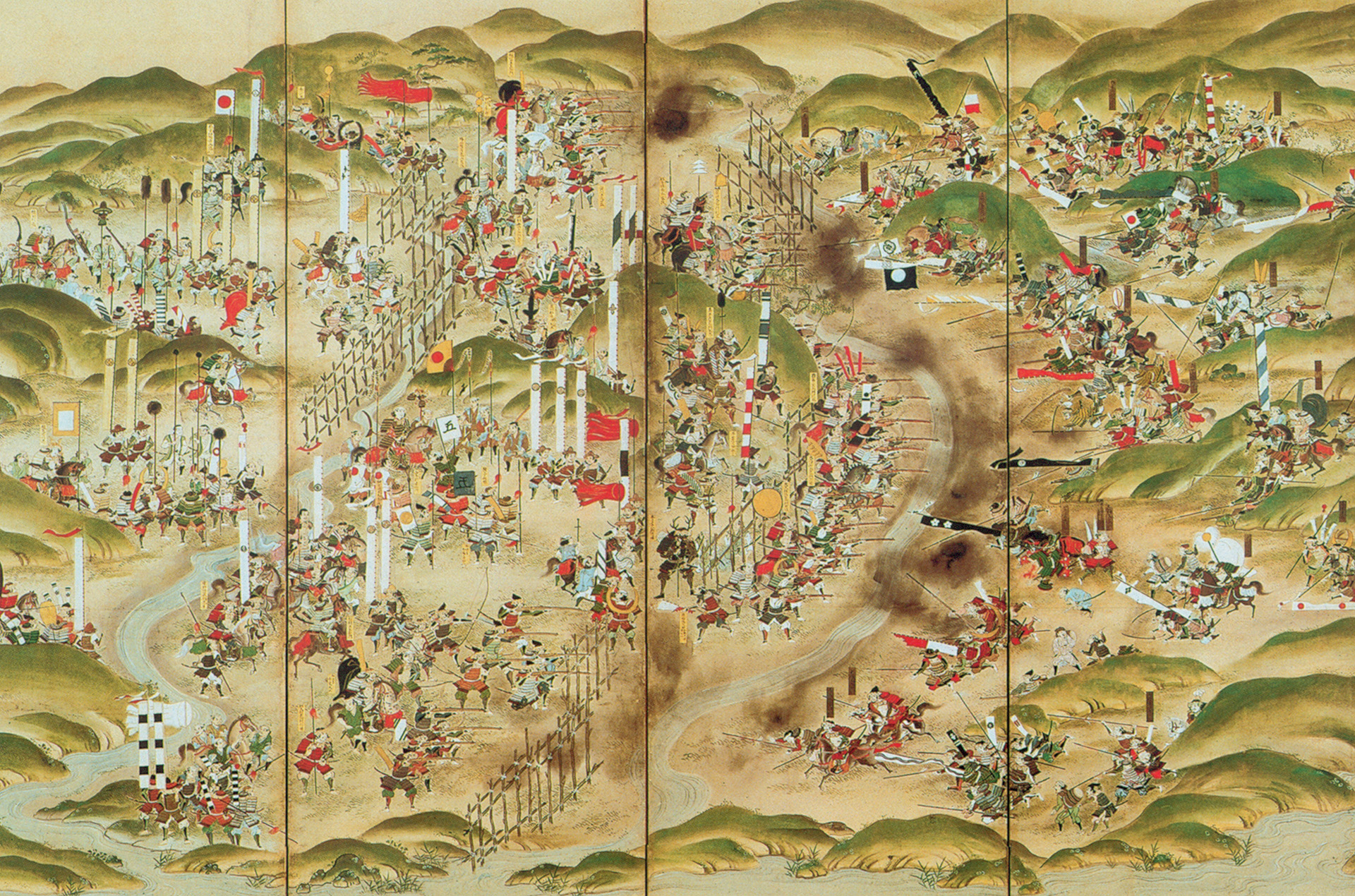
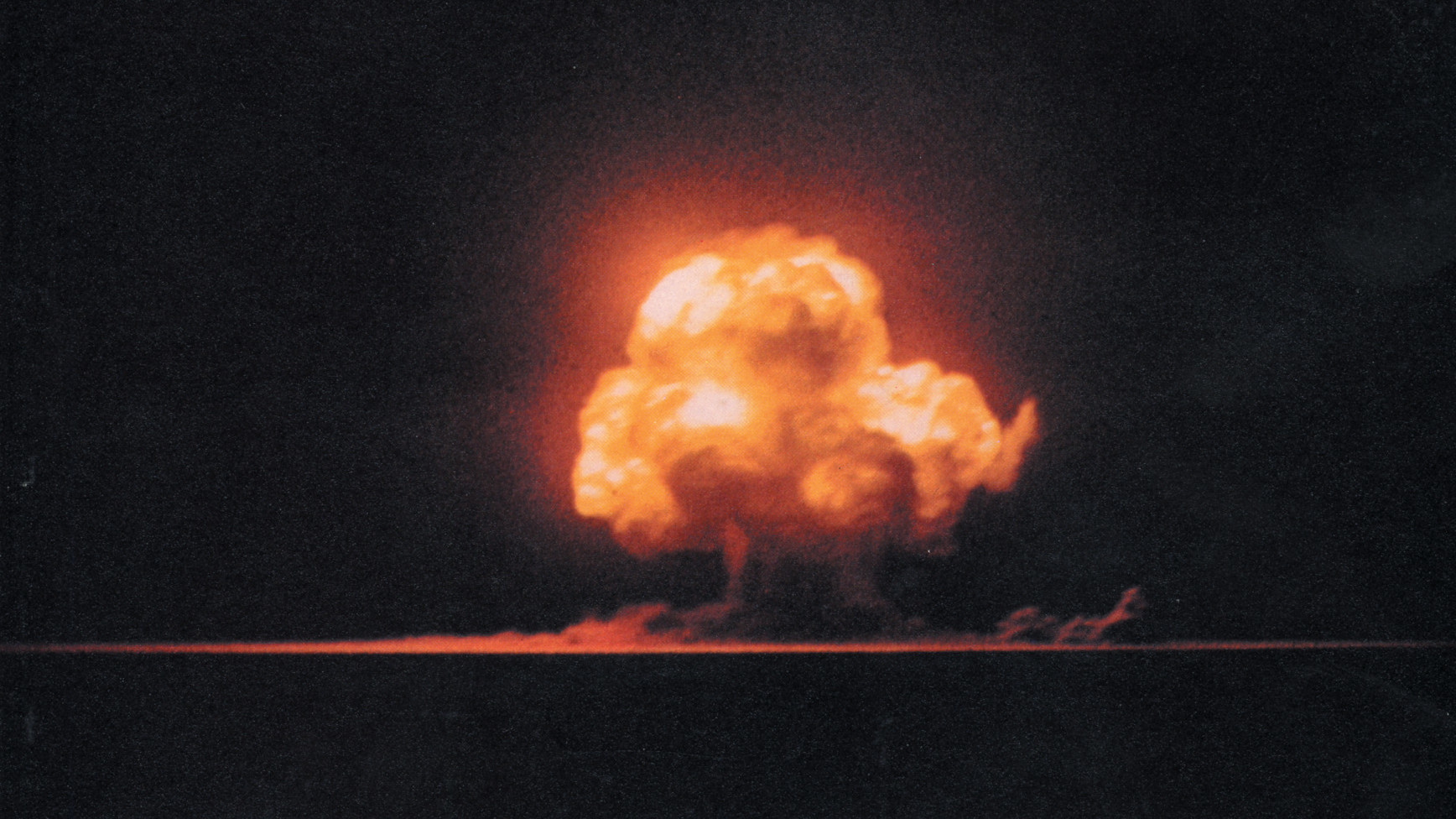
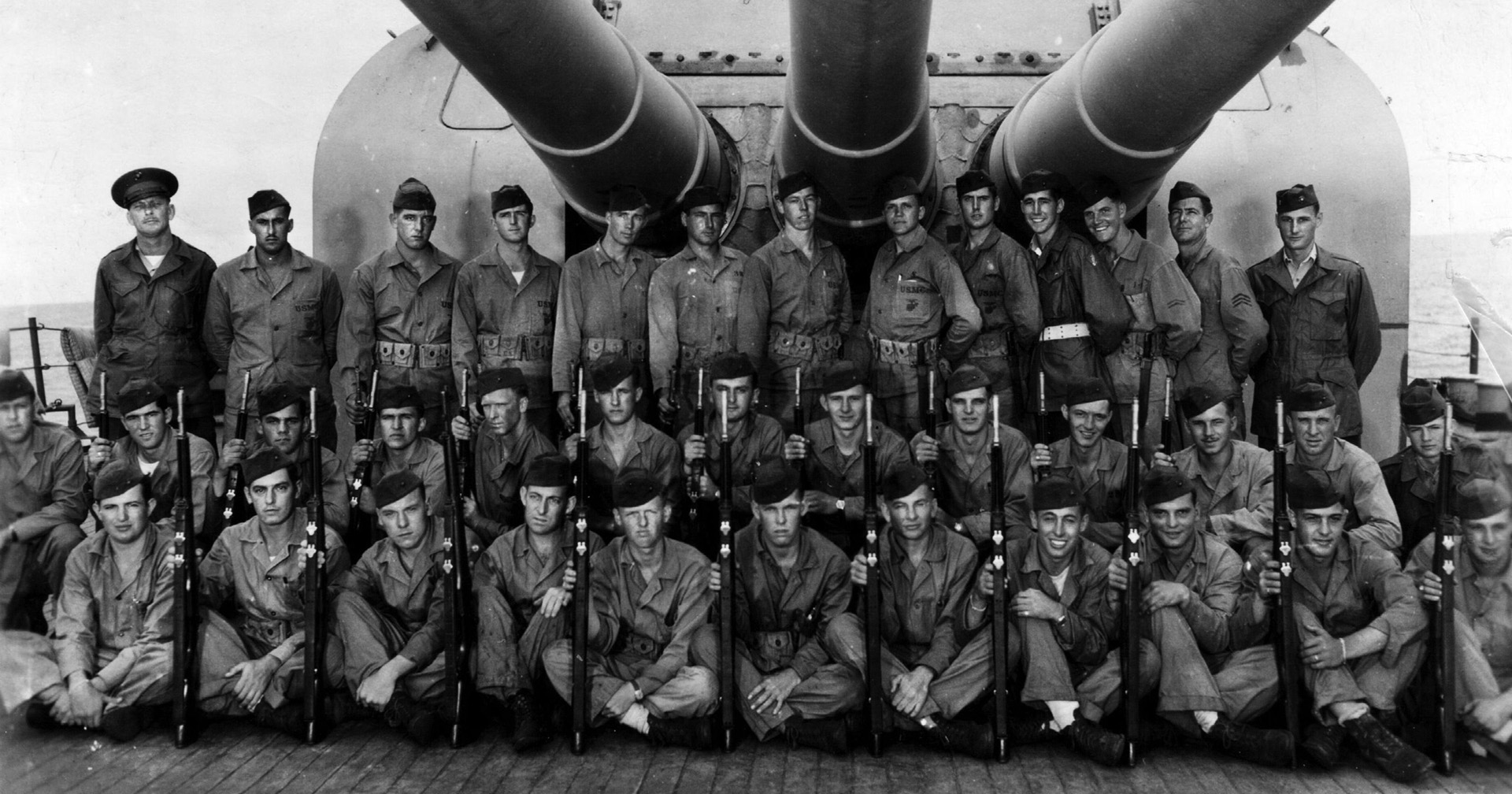
Join The Conversation
Comments
View All Comments